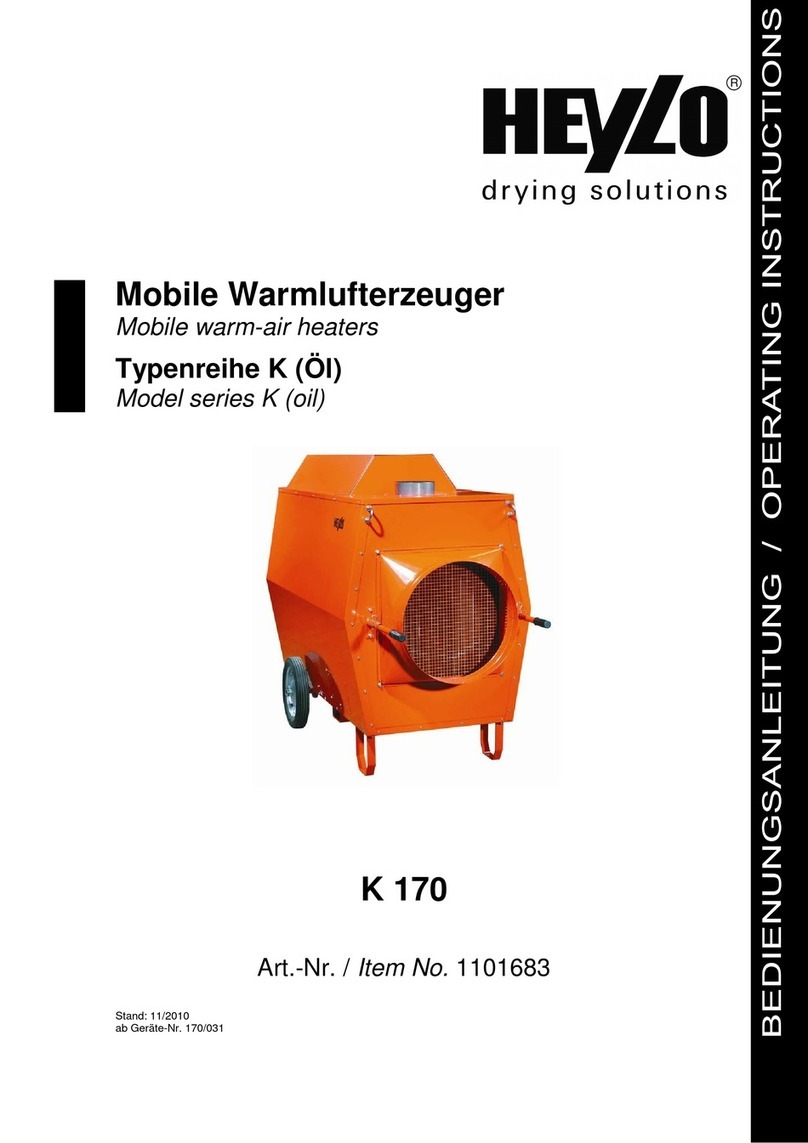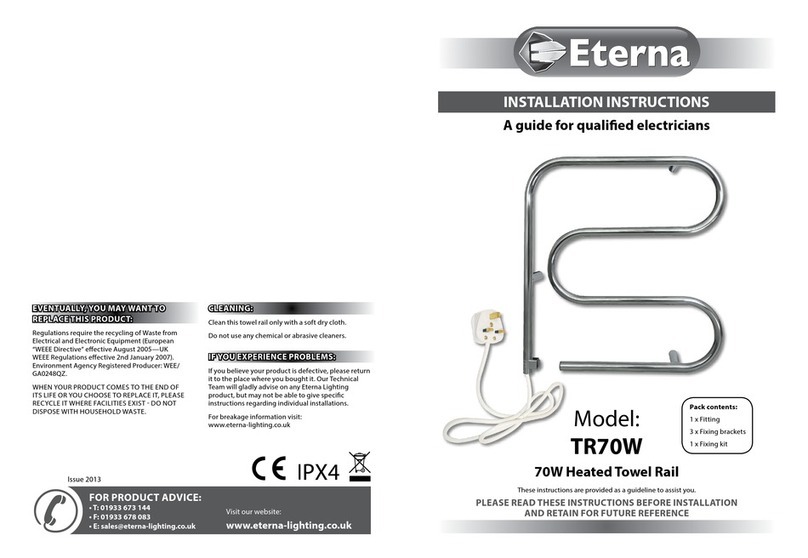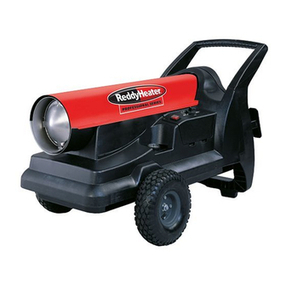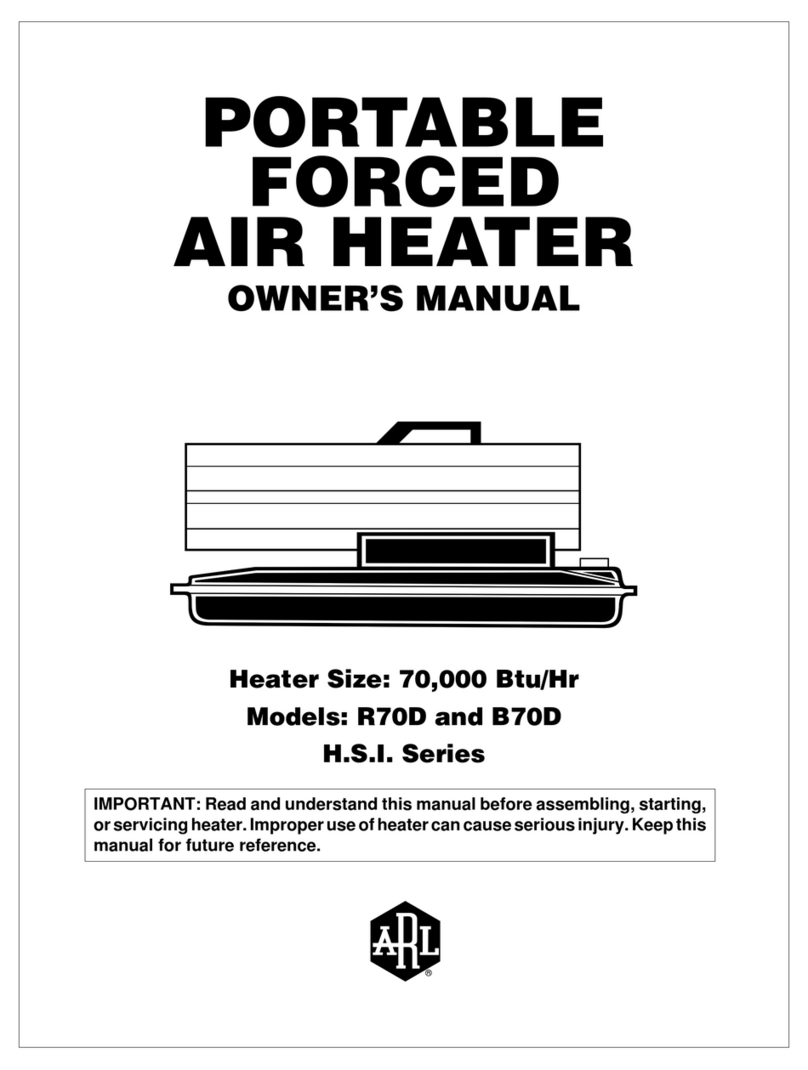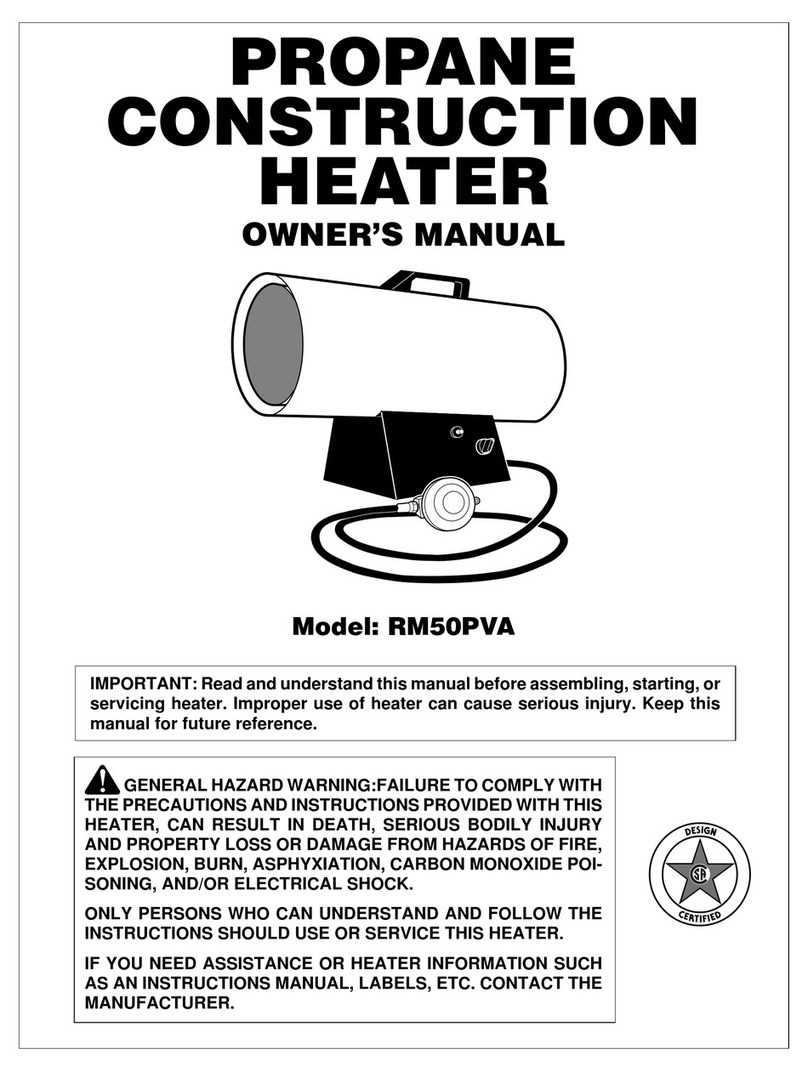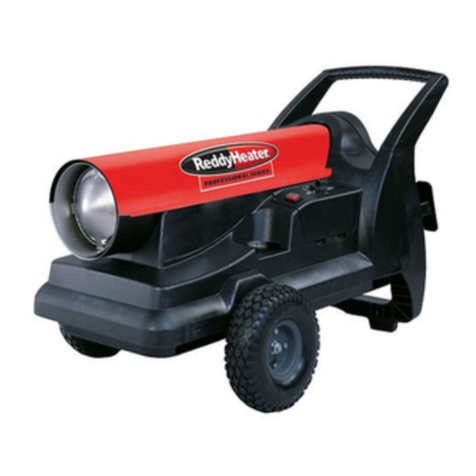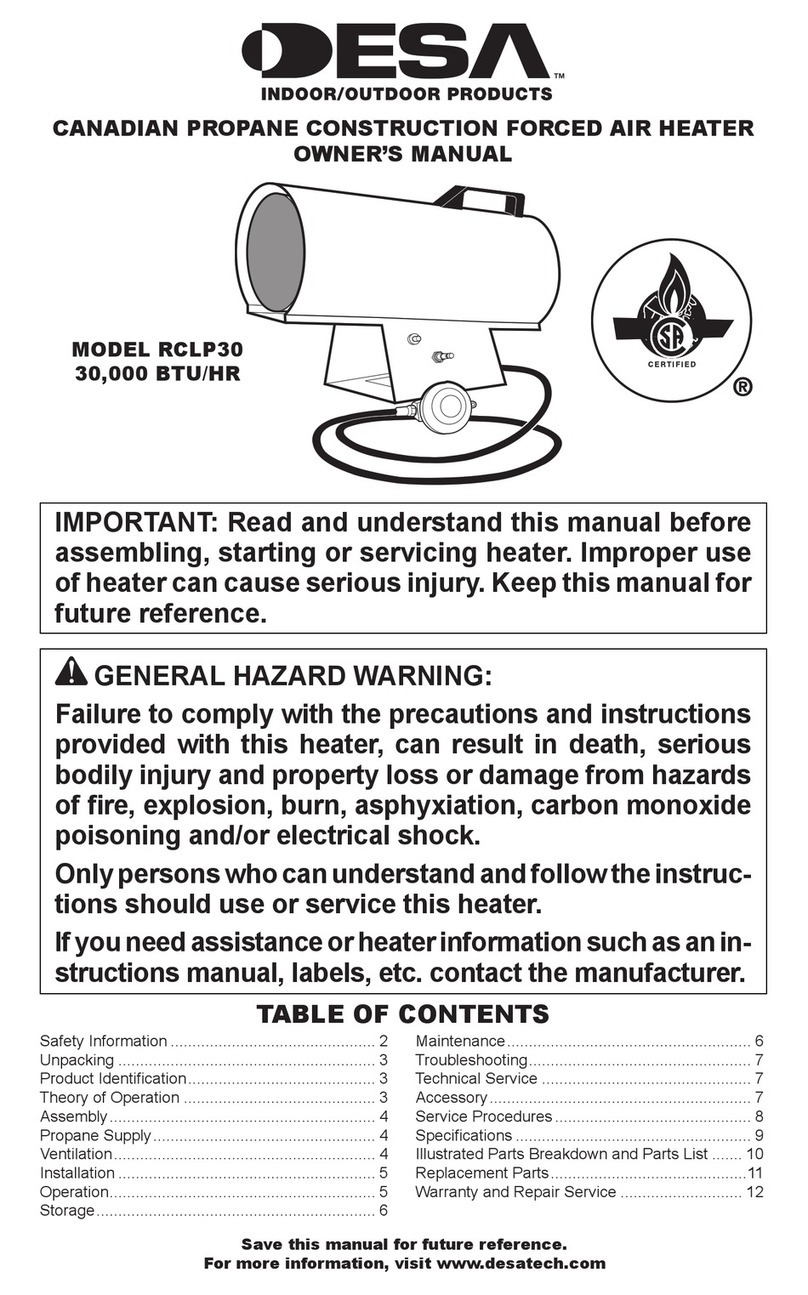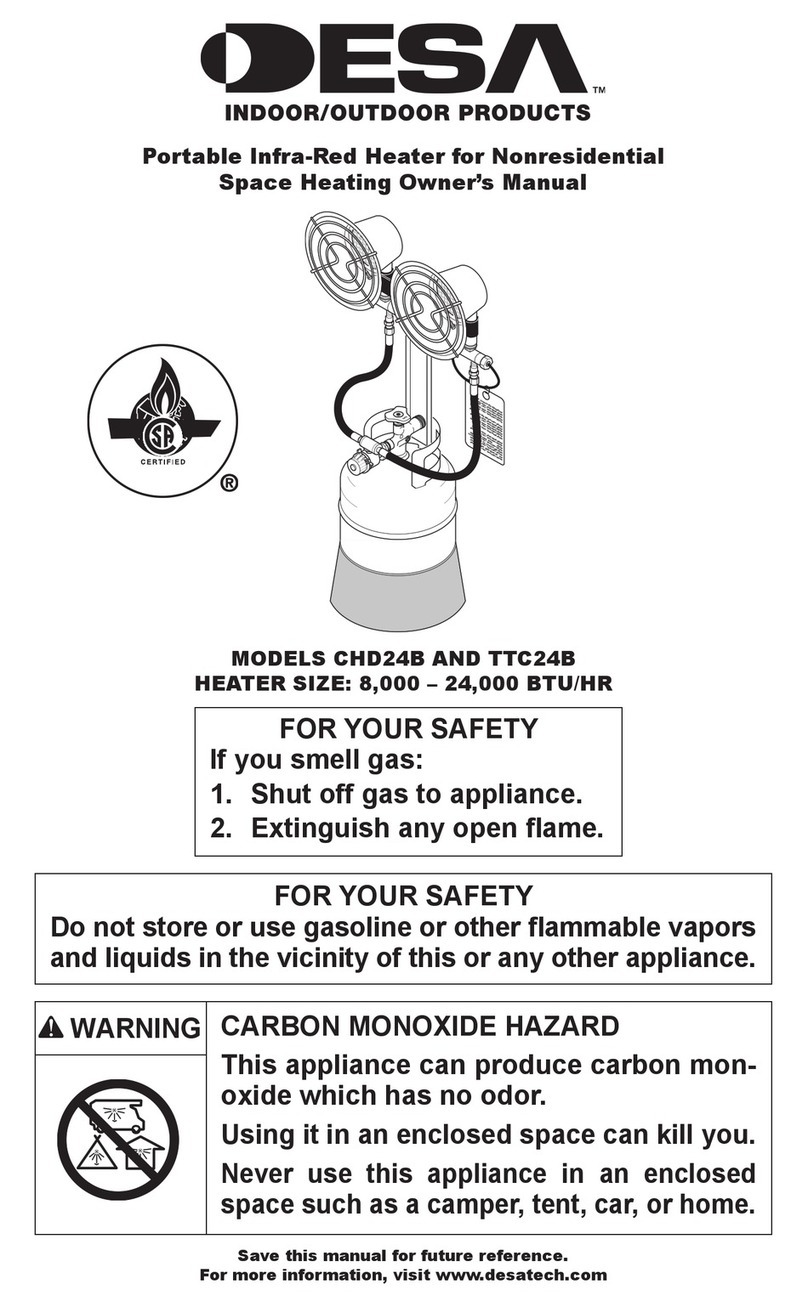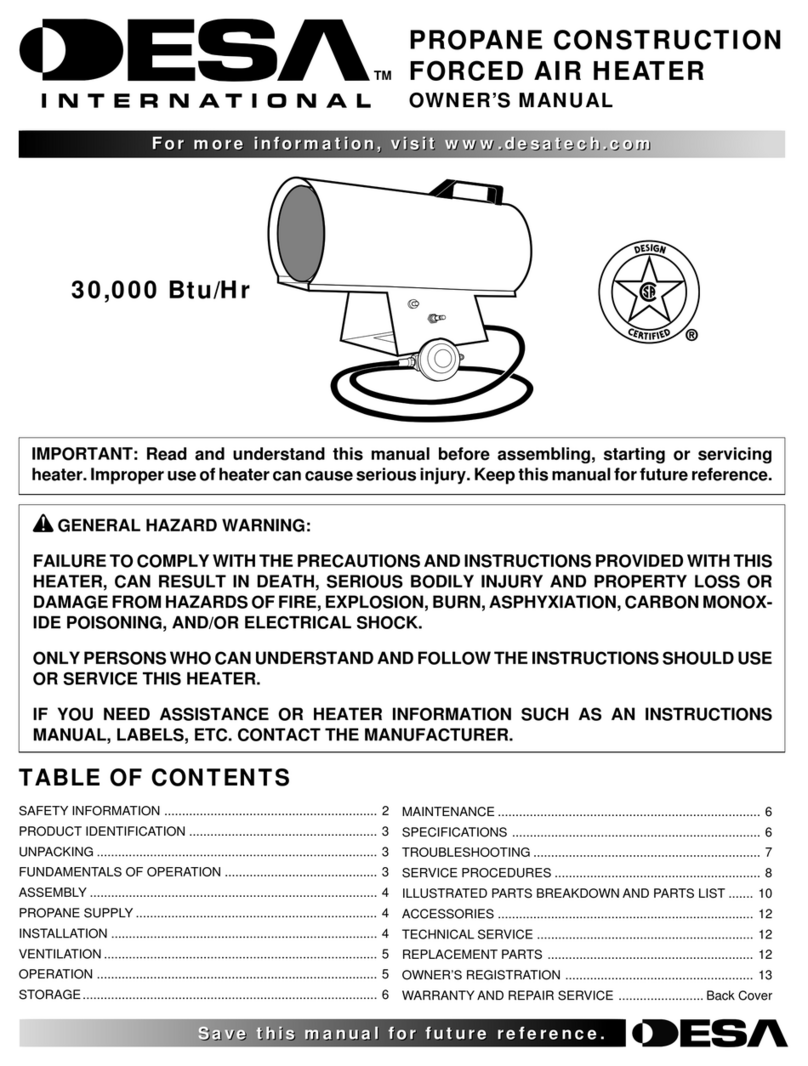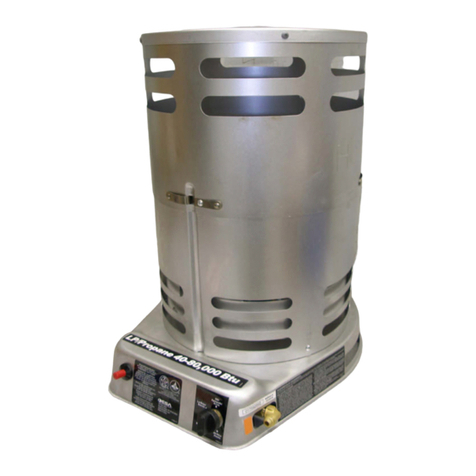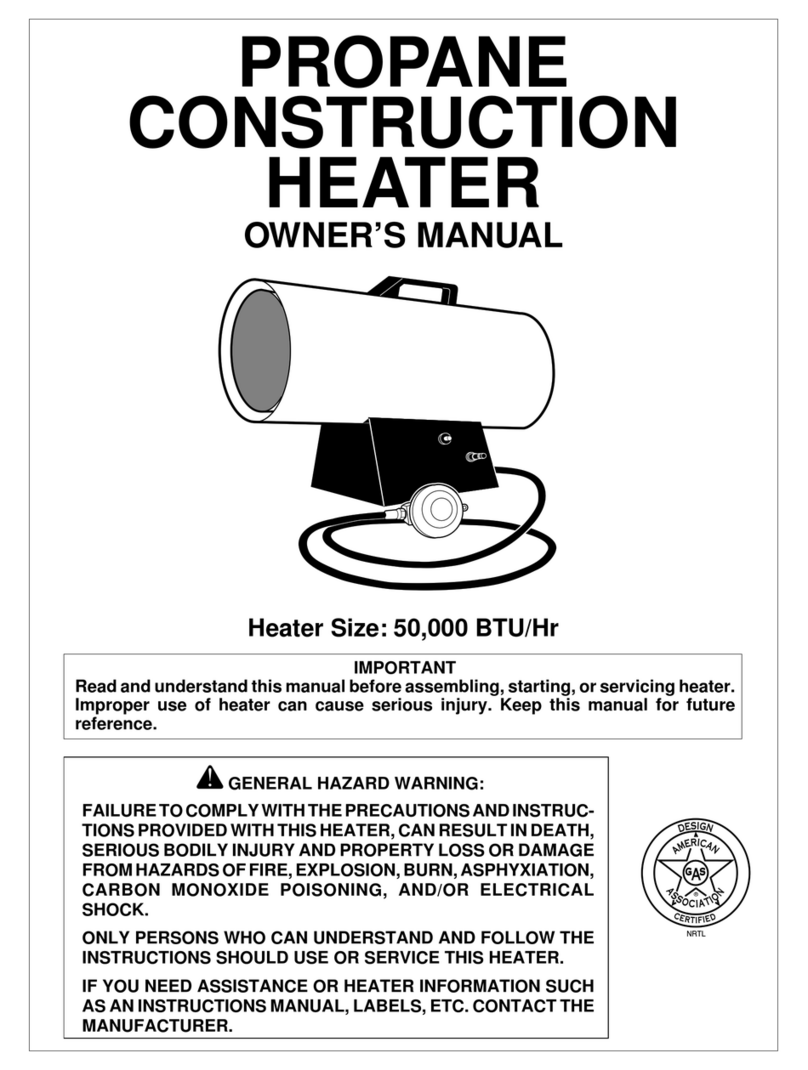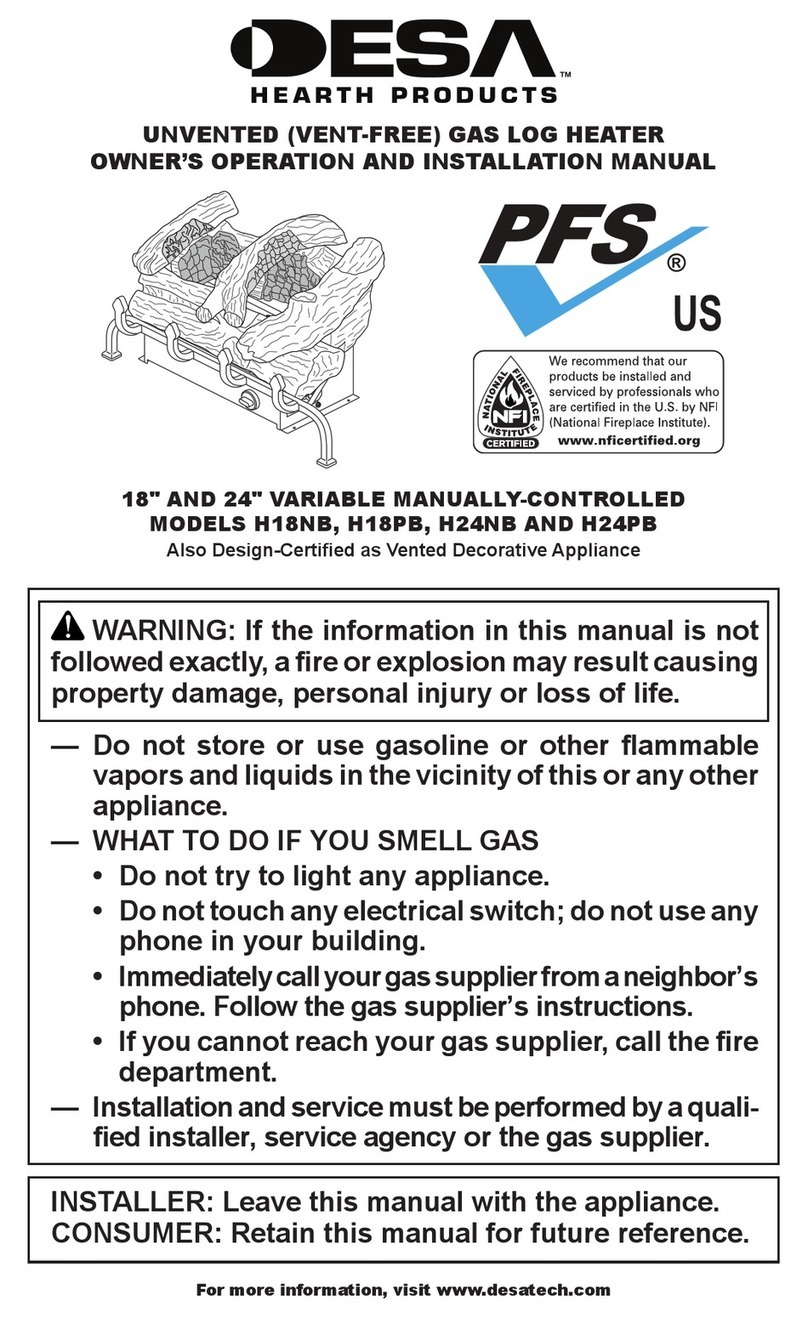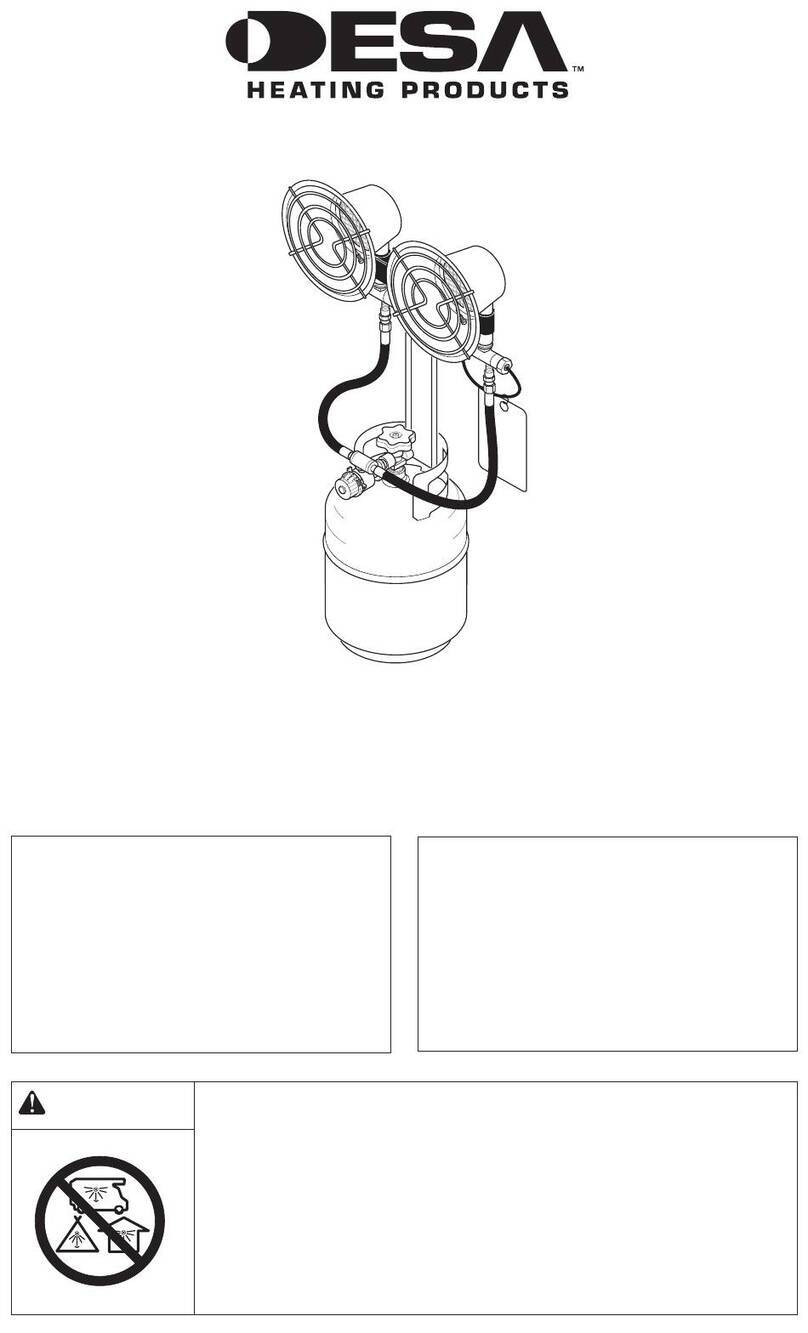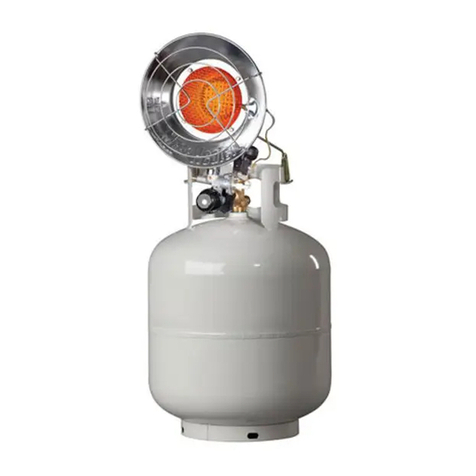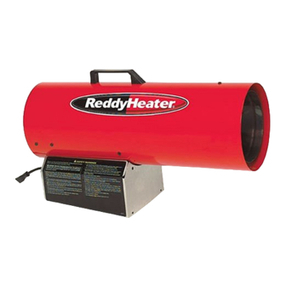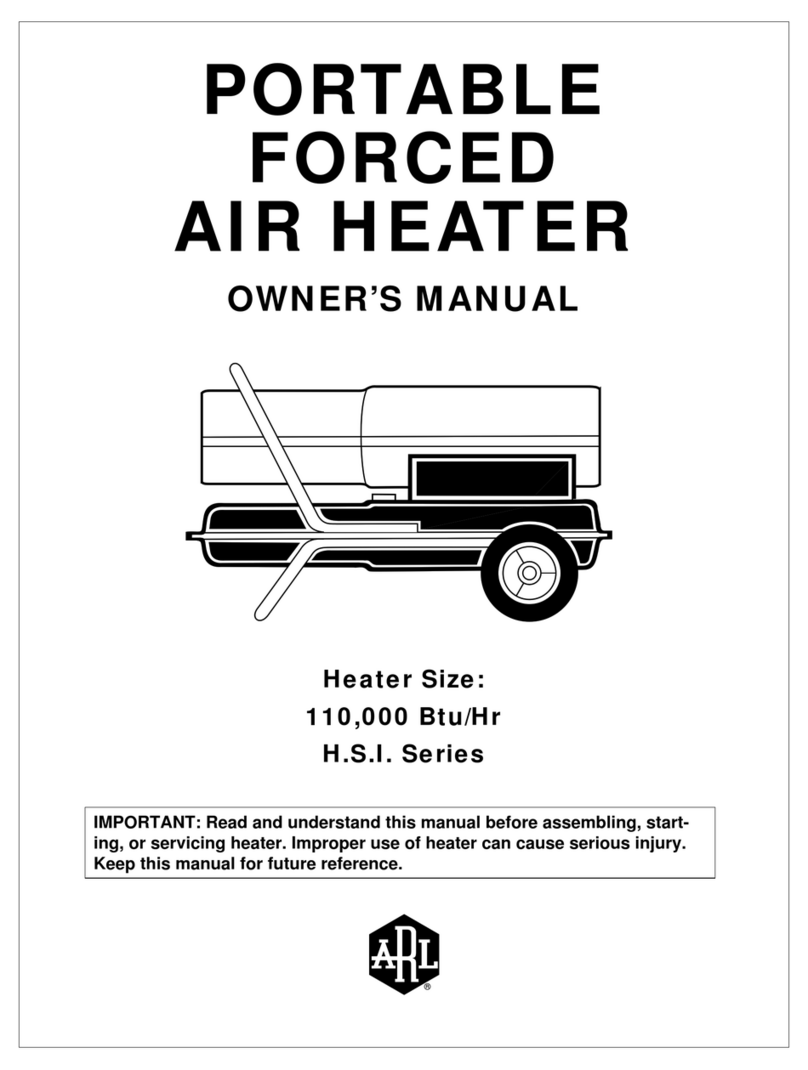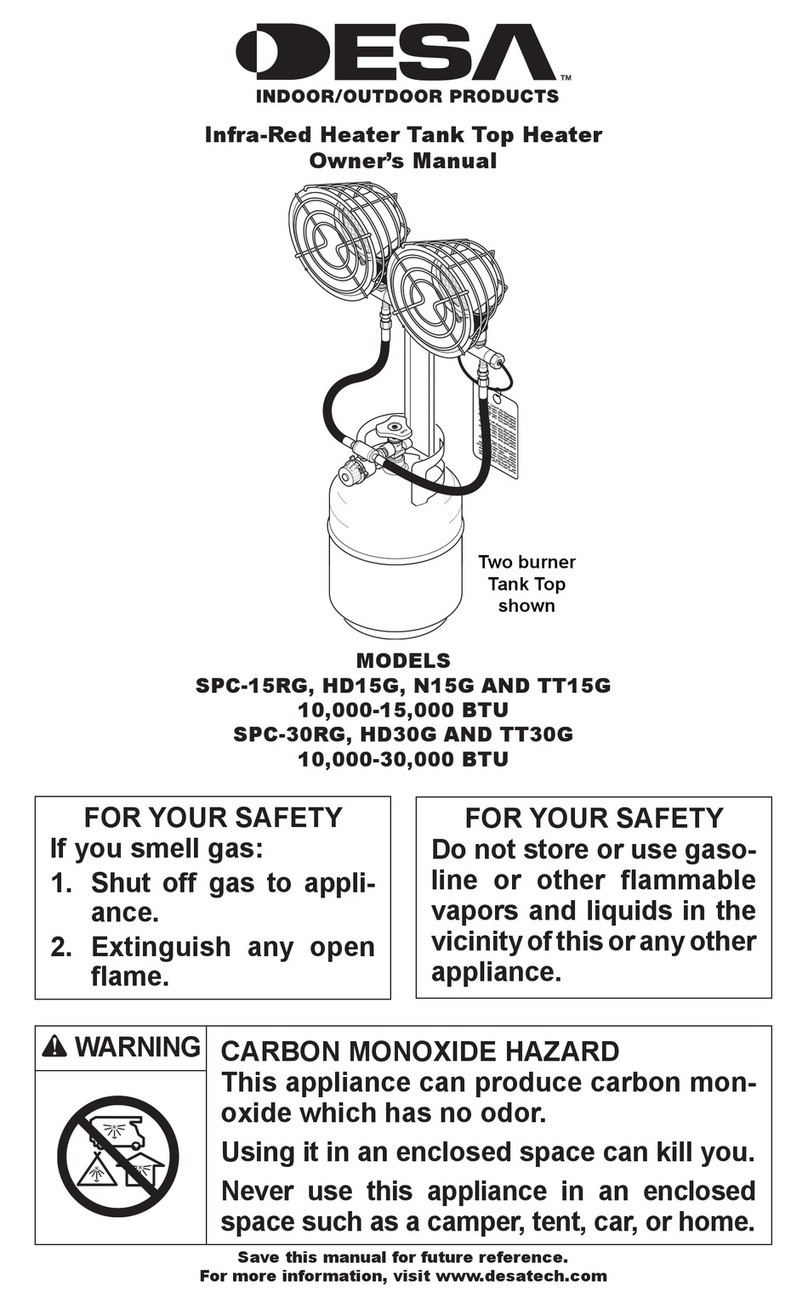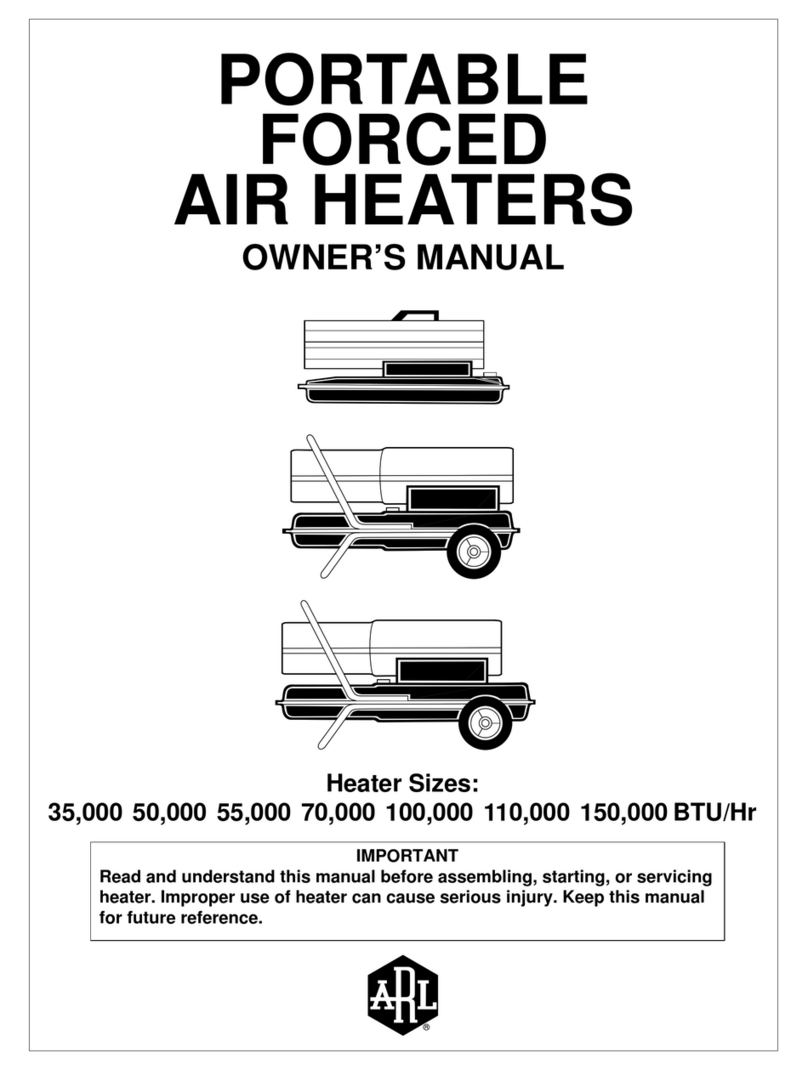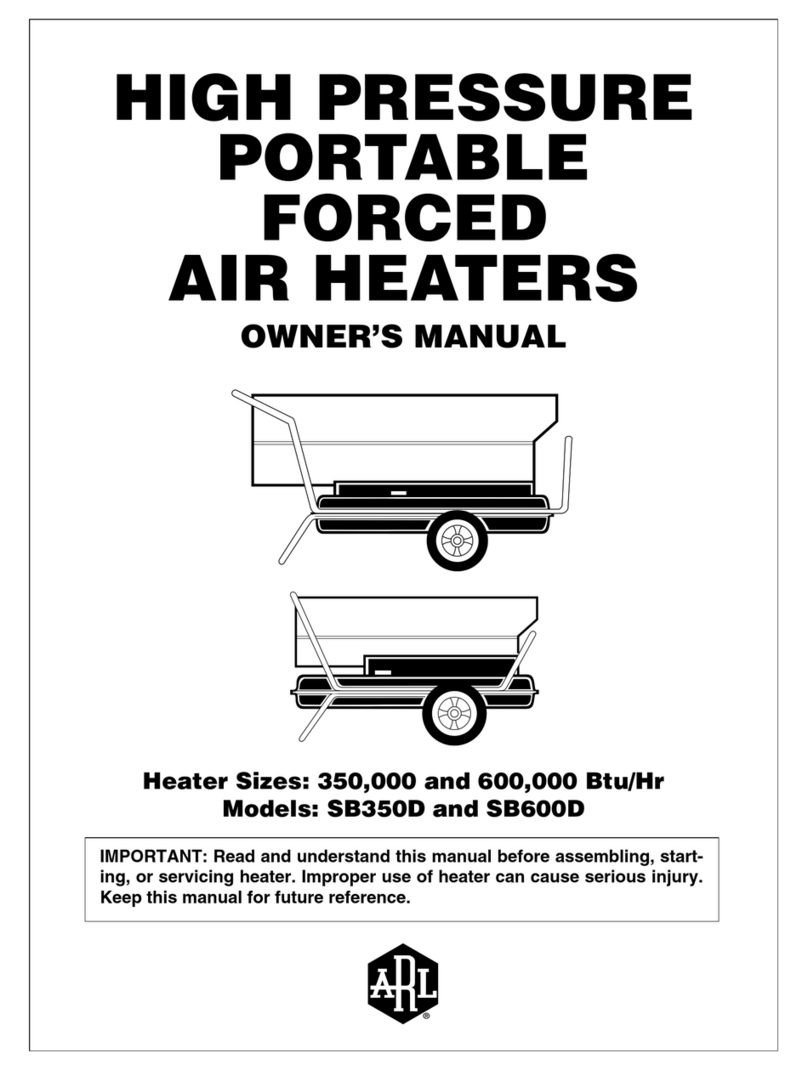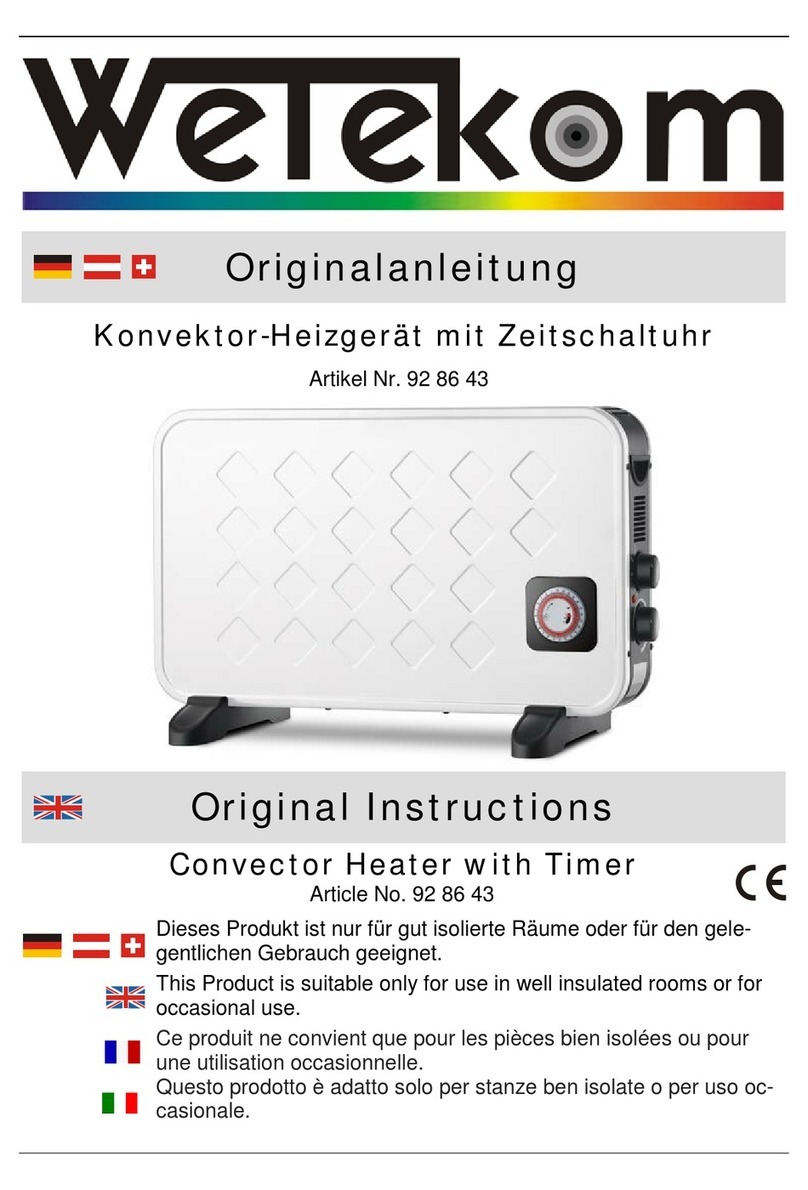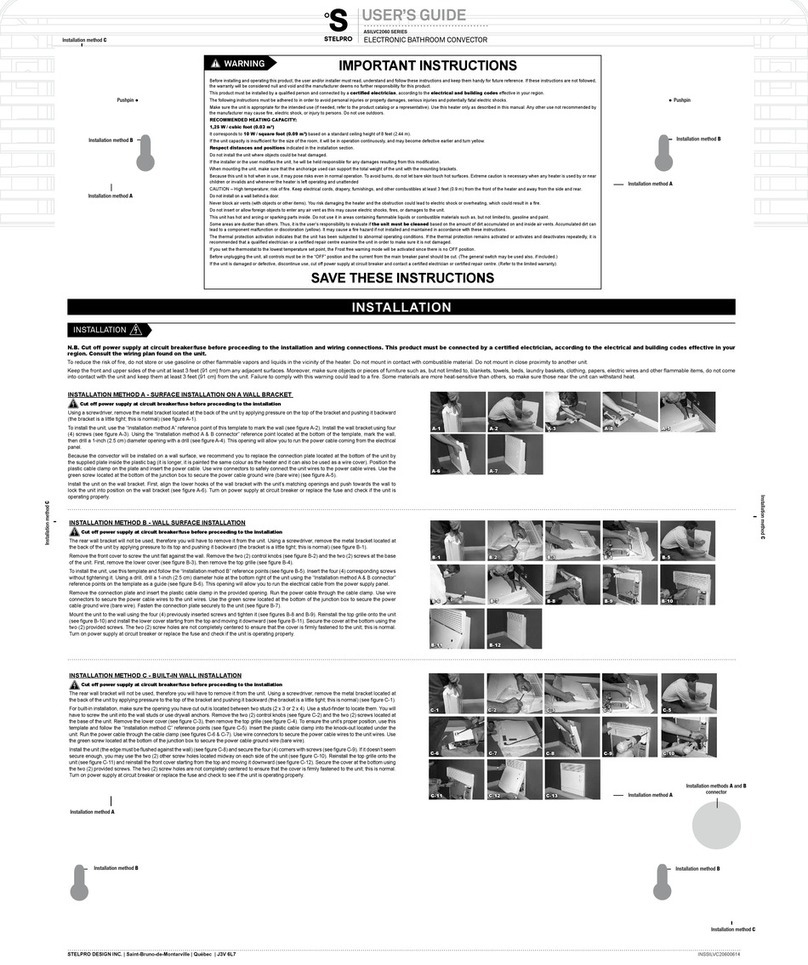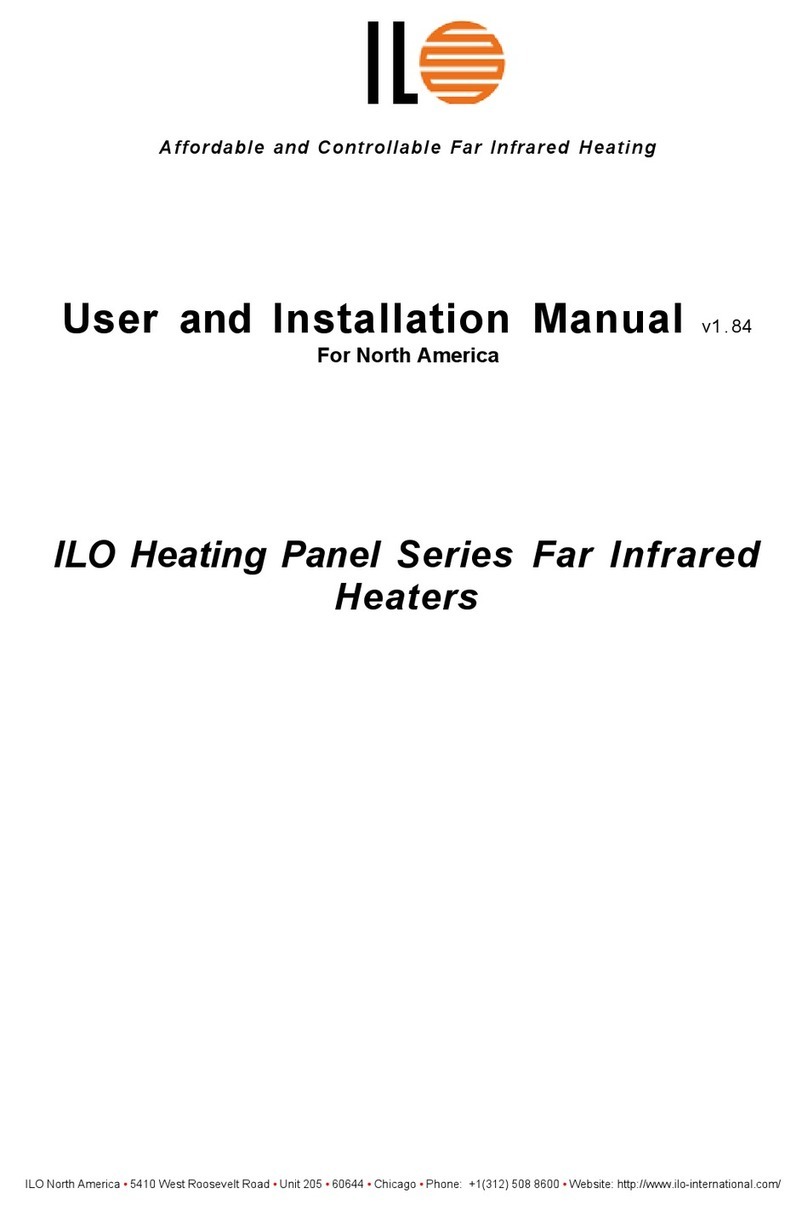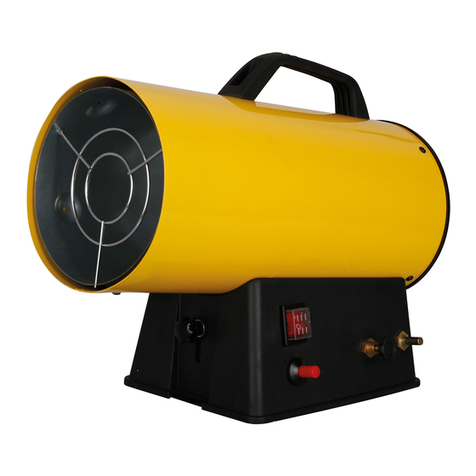
www.desatech.com 113855-01D2
SAFETY INFORMATION
WARNING: This product
contains and/or generates
chemicals known to the State
of California to cause cancer or
birth defects or other reproduc-
tive harm.
WARNING: Fire, burn, in-
halation and explosion hazard.
Keep solid combustibles, such
as building materials, paper or
cardboard,asafedistance away
fromtheheaterasrecommended
by the instructions. Never use
the heater in spaces which do or
may contain volatile or airborne
combustibles or products such
asgasoline,solvents,paintthin-
ner, dust particles or unknown
chemicals.
WARNING: Not for home or
recreational vehicle use.
The heater is designed for use as a con-
struction heater in accordance with ANSI
Z83.7•CGA2.14-2000. Other standards
govern the use of fuel gases and heating
products for specic uses. Your local author-
ity can advise you about these. The primary
purpose of construction heaters is to provide
temporary heating of buildings under con-
struction, alteration or repair. Properly used,
the heater provides safe economical heating.
Products of combustion are vented into the
area being heated.
We cannot foresee every use which may be
made of our heaters. Check with your local
re safety authority if you have questions
about heater use.
Other standards govern the use of fuel gases
and heat producing products for specific
uses. Your local authorities can advise you
about these.
Carbon Monoxide Poisoning: Some people are
more affected by carbon monoxide than oth-
ers. Early signs of carbon monoxide poisoning
resemble the flu, with headaches, dizziness
and/or nausea. If you have these signs, the
heater may not be working properly. Get fresh
air at once! Check for proper ventilation and
have heater serviced.
Propane Gas: Propane gas is odorless. An
odor-making agent is added to propane gas.
The odor helps you detect a propane gas
leak. However, the odor added to propane
gas can fade. Propane gas may be present
even though no odor exists.
Make certain you read and understand all
warnings. Keep this manual for reference. It
is your guide to safe and proper operation of
this heater.
1. Install and use heater with care. Follow
all local ordinances and codes. In the
absence of local ordinances and codes,
refer to the Standard for Storage and
Handling of Liqueed Petroleum Gas,
ANSI/NFPA 58 and the Propane Gas
Installation Code, CAN/CGA B149.2. This
instructs on the safe storage and handling
of propane gases.
2. Use only the electrical voltage and fre-
quency specied on model plate. The
electrical connections and grounding of
the heater shall follow the National Electric
Code, ANSI/NFPA 70 or the Canadian
Electrical Code, Part 1.
3. Electrical grounding instructions - This
appliance is equipped with a three-prong
(grounding) plug for your protection against
shock hazard and should be plugged di-
rectly into a properly grounded three-prong
receptacle or extension cord.
4. This product has been approved for use in
the Commonwealth of Massachusetts.
5. Use only a three-prong, grounded exten-
sion cord.
6. Use only the hose and factory preset
regulator provided with the heater.
7. Use only propane gas set up for vapor
withdrawal.
8. Provide adequate ventilation. Before
using heater, provide at least a 1.5 ft2
(1400 cm2) opening of fresh, outside air.
9. For indoor use only. Do not use heater
outdoors.
10. Do not use heater in occupied dwellings
or in living or sleeping quarters.








